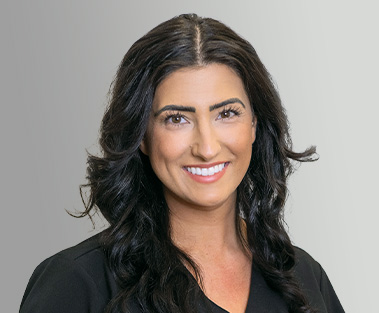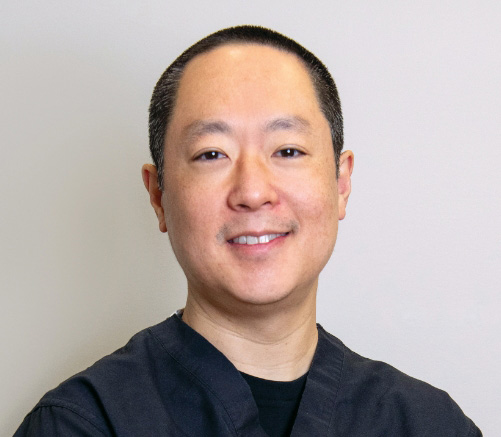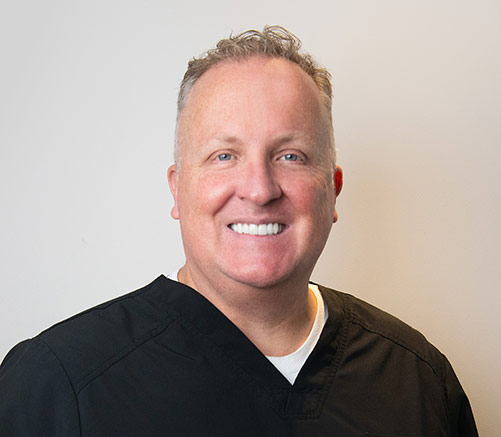Meet Our Friendly & Caring Dentists In Portland, OR, & Vancouver, WA
Dr. Pawandeep Sekhon, DDS, Sleep Dentistry Of Portland
Born and raised in Vancouver, British Columbia, Dr. Pawandeep Sekhon completed her undergraduate degree at the University of British Columbia before moving to New York City, where she earned her Doctor of Dental Surgery degree from New York University. She returned to British Columbia to further her training through a General Practice Residency.
Dr. Daniel Chung, DDS, Sleep Dentistry Of Vancouver
After Dr. Daniel Chung received his Bachelor of Arts degree in English Literature, he decided to follow in his father’s footsteps and become a dentist. He earned his Doctor of Dental Surgery degree from Loma Linda University shortly before moving to the greater Portland area and joining our team.
Dr. Greg Parker, DMD, Sleep Dentistry Of Vancouver
Before earning his doctorate, Dr. Greg Parker worked as a paramedic in Milwaukee, Los Angeles, and Phoenix for seven years. He achieved his Doctor of Dental Medicine degree from Midwestern University in Phoenix.
Dr. Monica Hwang, DDS, Sleep Dentistry Of Vancouver
Dr. Monica Hwang earned her Bachelor of Science degree at the University of Maryland and attended the University of Sydney School of Medicine for a year before pursuing dentistry. She achieved her Doctor of Dental Surgery degree from the University of Maryland School of Dentistry in 2016, graduating in the top 20 in her class. She then completed a clerkship in implant prosthodontics focusing on esthetic dentistry, continued her studies in general practice during residency, and Dr. Hwang has also served our veterans at the VA of Northern California with advanced training in oral surgery.
Dr. Nathan Dustin, DDS, Sleep Dentistry Of Portland
Bio to come
Meet Our Team
Supporting our doctors is a team of experienced professionals who are ready to make your visit with us as relaxed and enjoyable as possible.
Kelli
Vancouver
Practice Manager
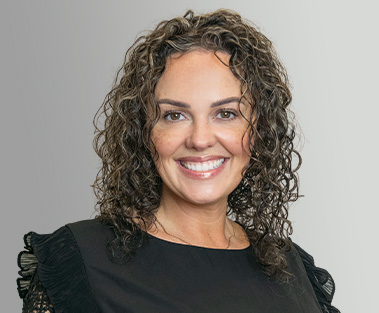
Mallori
Portland
Practice Manager
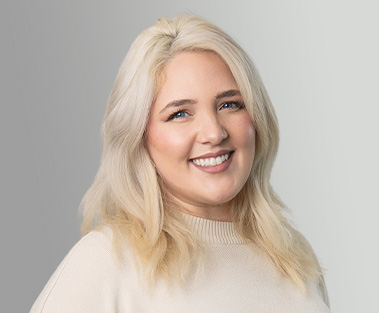
Shayla
Portland
Back Office Manager
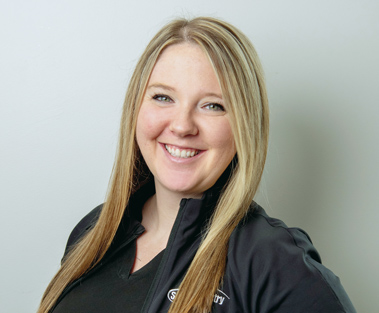
Codi
Vancouver - East
Back Office Manager
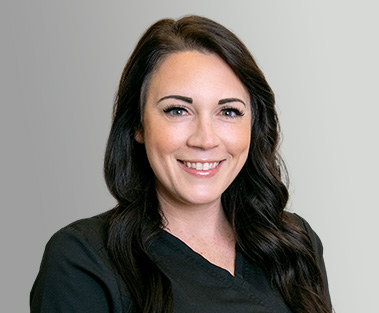
Kendra
Vancouver - West
Back Office Manager
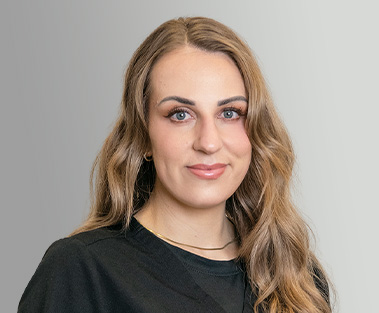
Maria
Portland
Hygienist
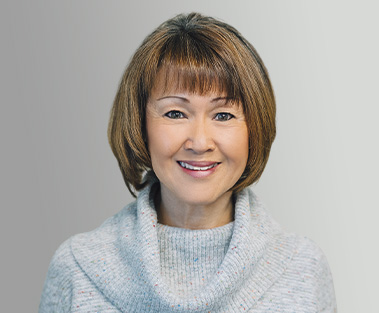
Madison
Vancouver
Hygienist
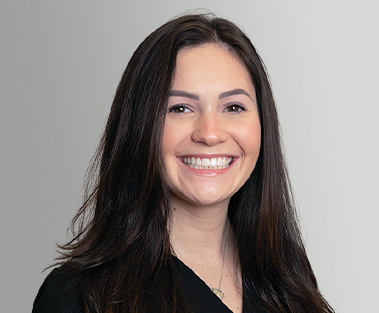
Vicky
Portland
Hygienist
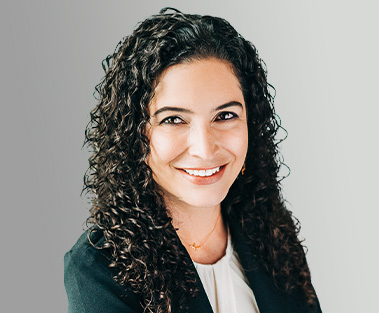
Kate
Vancouver
Hygienist

Rae
Vancouver
Hygienist
